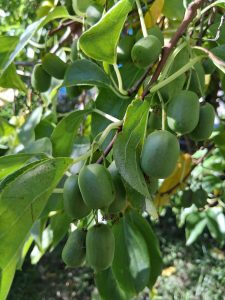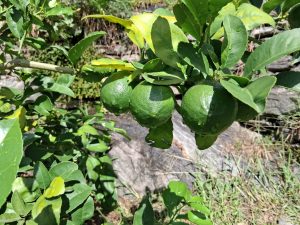Nettle manure (Urtica dioica) is useful throughout the summer season, both as a natural fertilizer, as a repellent for aphids and various insect pests but also as a prevention of fungal diseases (mildew, botrytis and others) and stimulator of the plant’s natural defenses. Its chemical composition includes the classic NPK (nitrogen, phosphorus and potassium) but also iron, calcium and magnesium.
Another advantage is that it is completely free of charge if the nettles grow in your area.
However, it is important to always dilute it, 1 to 10 to use it as a fertilizer in watering, 1 to 20 as a repellent to spray on leaves.
We will see how to make it yourself.
Note: the ultimate reference on the multiple benefits of nettle manure is a 1985 study by Rolf Peterson and Paul Jensen entitled: “Effects of Nettle Water on Growth and Mineral Nutrition of Plants. II. Pot- and Water-Culture Experiments“, unfortunately not available online for free.
You will find on this site a larger study on Urtica dioica(https://alpagrumi.ch/etudes-maladies-et-parasites/).

Pick fresh nettle in the spring before it sets flowers and seeds. Only the aerial part, no need for the roots. It can therefore be simply mowed.
Nettle is very stinging, sometimes even through clothing.
Be sure to wear leather or rubber gloves, a long-sleeved suit, and roll up the gloves over the sleeves. Avoid slipping and diving head first into a thicket of nettles, you will remember it for a long time.

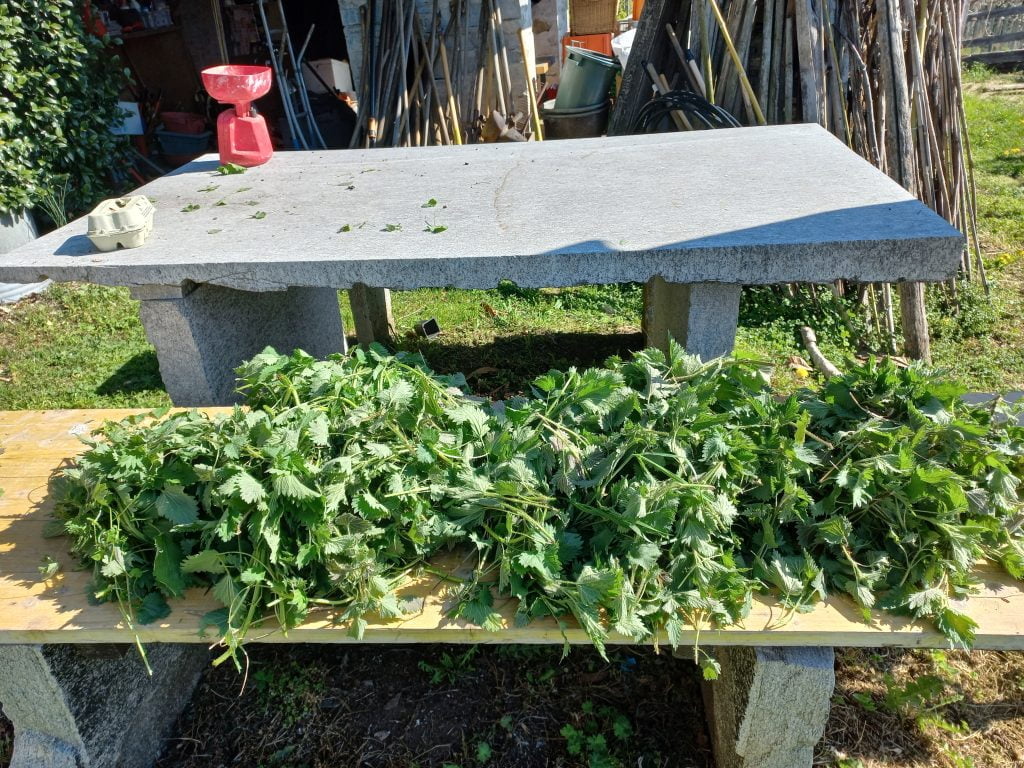
Now you have to chop these fresh nettles, not necessarily in very small pieces, but avoid leaving the long stems whole. Keep your gloves on!
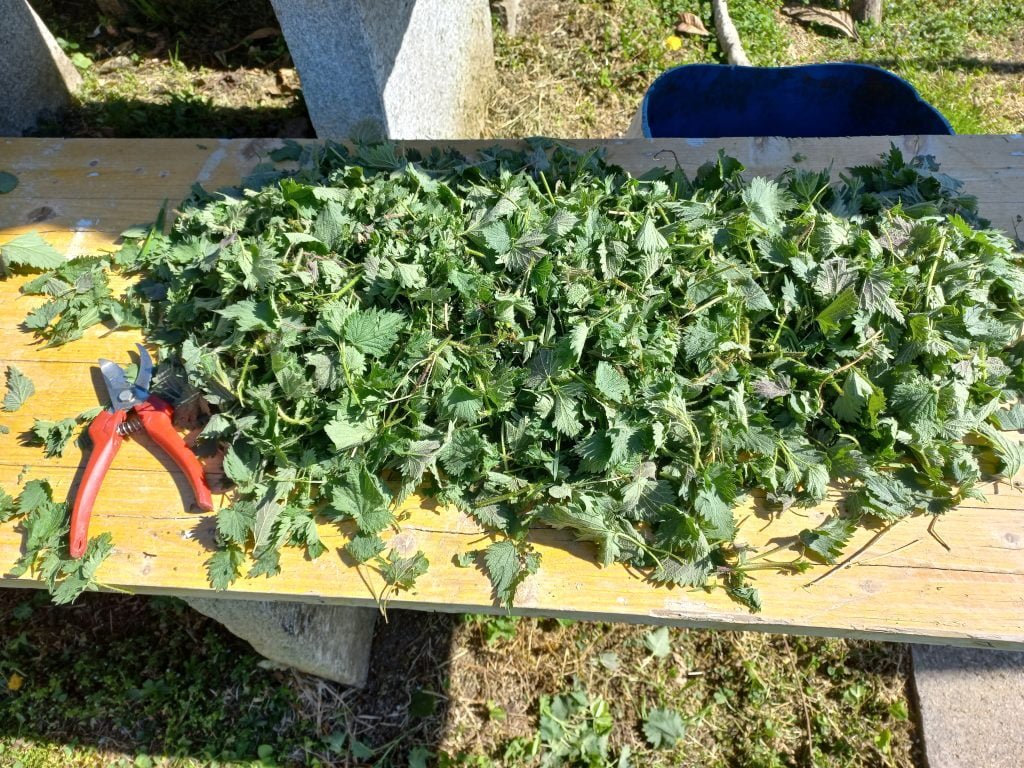
We will now ferment these nettles. To do this, it is necessary to avoid anything that could disturb the chemical reaction. So first of all a non-metallic container, rinsed and without residue, wide and with a large opening at the top. Throw the chopped nettles in the bottom.

Then rainwater. Do not use drinking water from the tap. It contains chlorine, among other things, which would be an obstacle for a correct fermentation. It doesn’t matter if the rainwater is cloudy or a bit earthy, even green with algae, it is the most natural water you can find today. In theory, well or stream water could be suitable. But if you live in an agricultural area, especially a wine-growing region, it may be even more chemically charged than tap water.
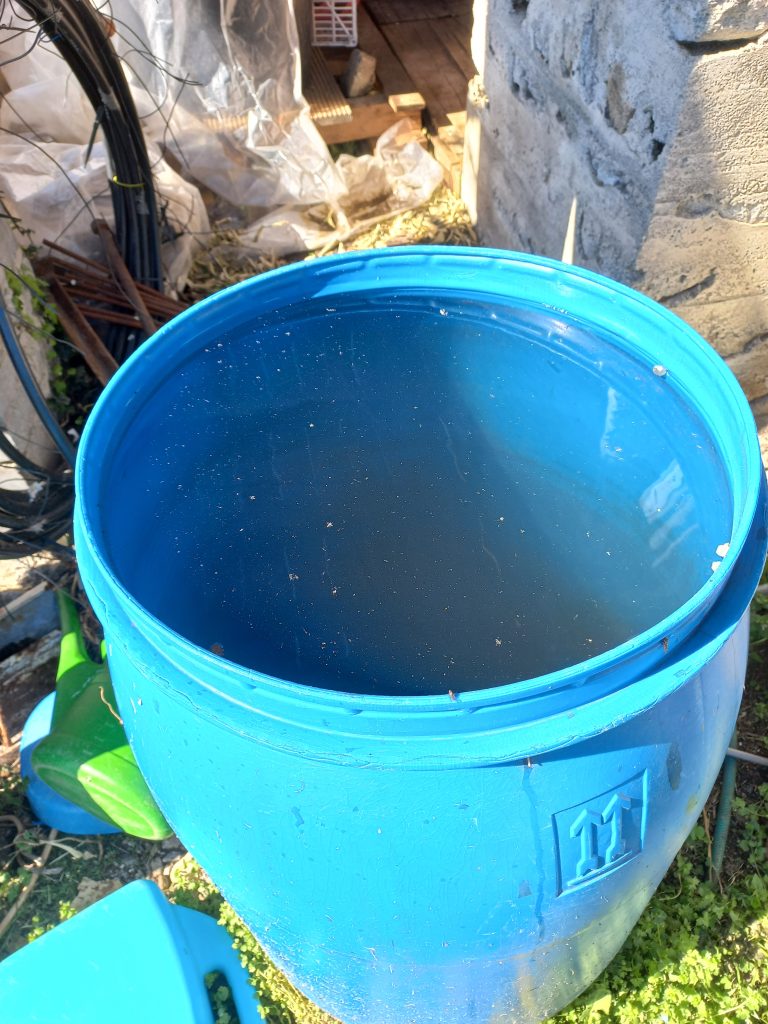
Pour rainwater over the chopped nettles, in the proportion of 10 liters of water for one kilo of fresh nettles. If you use dried nettle (this also works), the proportion is 10 liters of water for 100 grams of dried nettle.

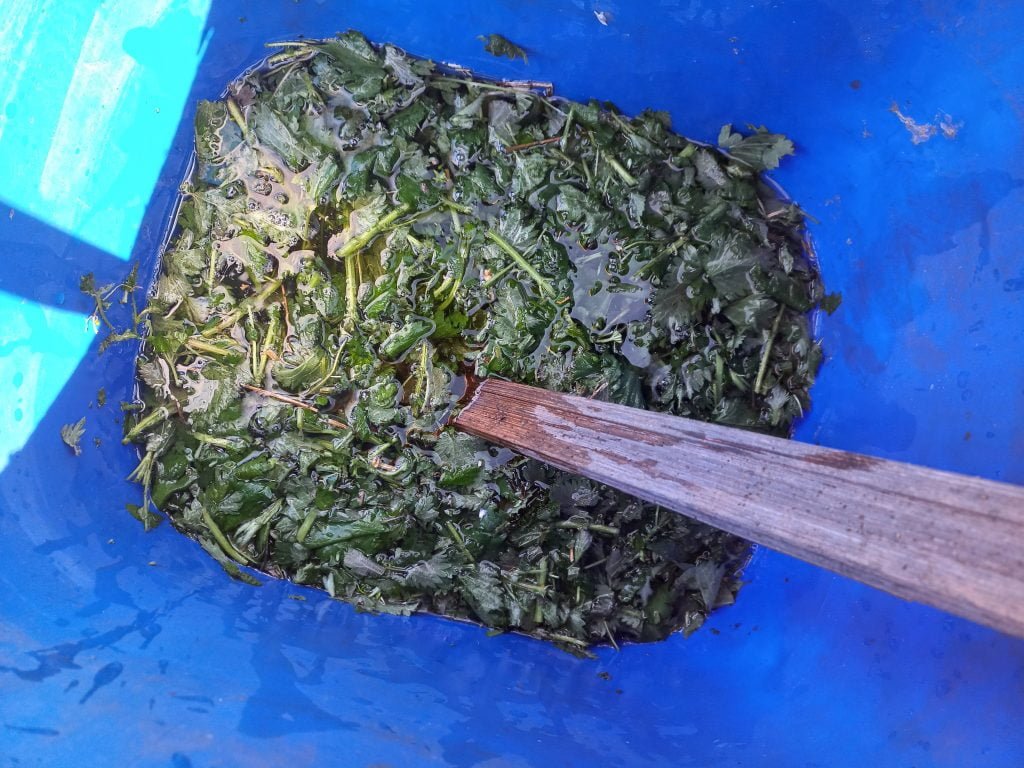
No extra ingredients: nettles, rainwater and air, that’s it.
The nettles will slowly start to ferment and release all their active and nutritious substances. The opening of the container should be covered with a veil to prevent insects or leaves from falling in. This veil should not prevent air from passing through, it is necessary that the mixture remains aerated.
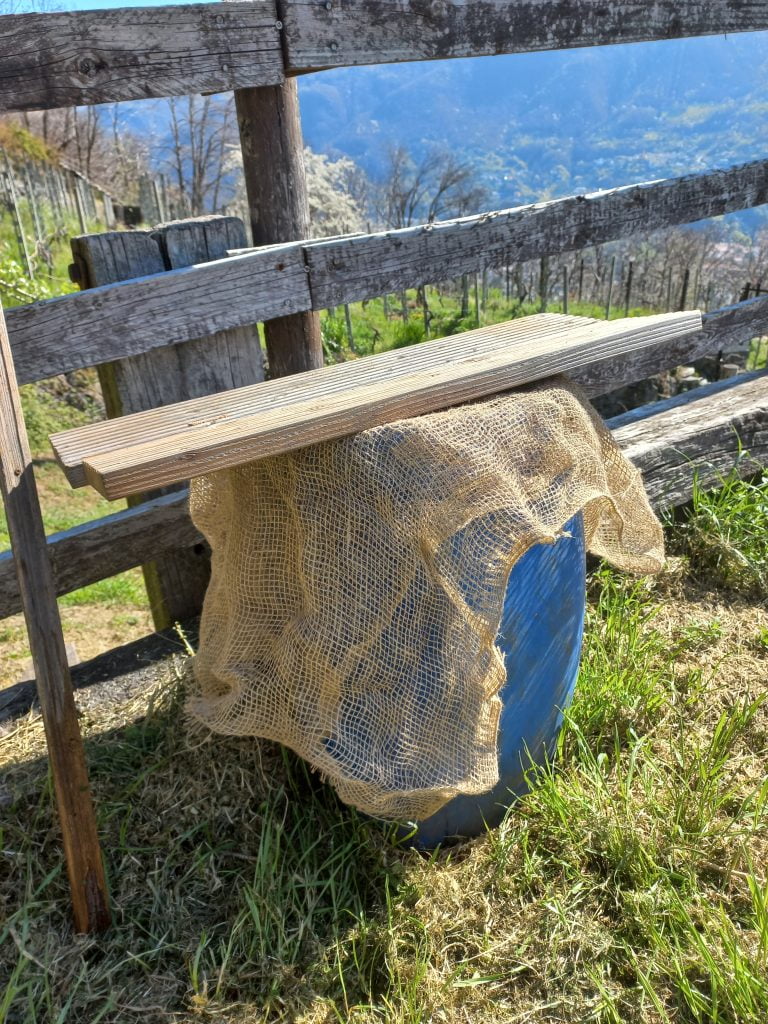
To help with aeration, you will still need to stir with a stick at least once or twice a day.
After a few days, the mixture will start to foam.
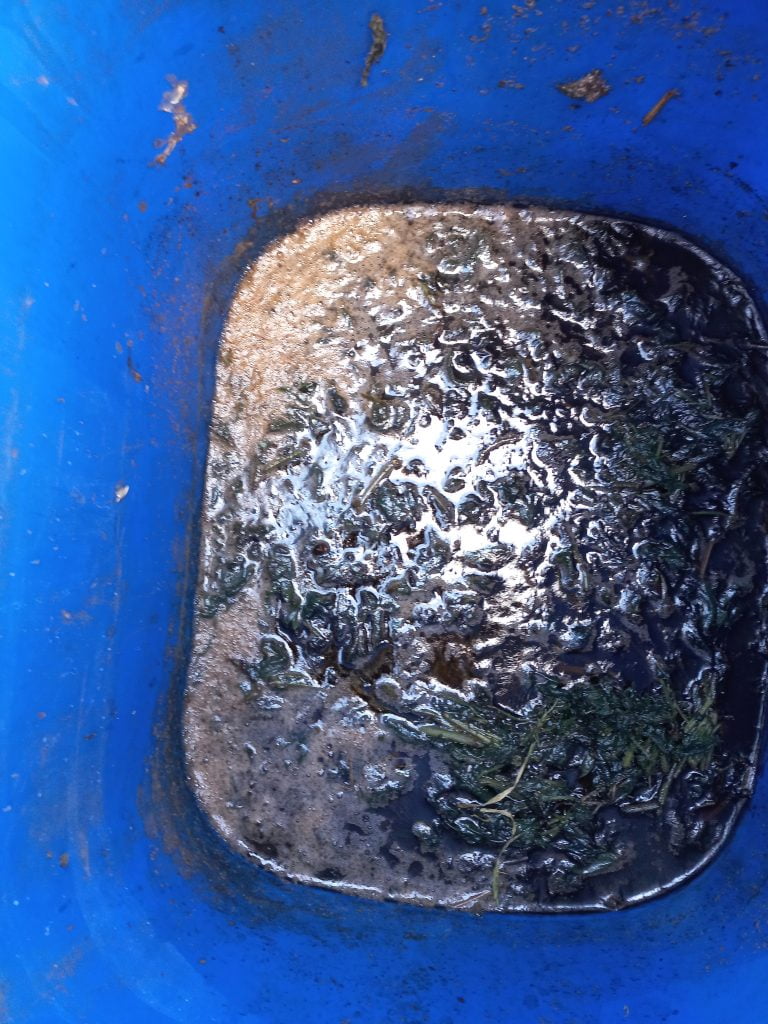
Fermentation can last several weeks, two at least. When there is no more visible foam, it should be finished. But this can be misleading, personally I let ferment one month.
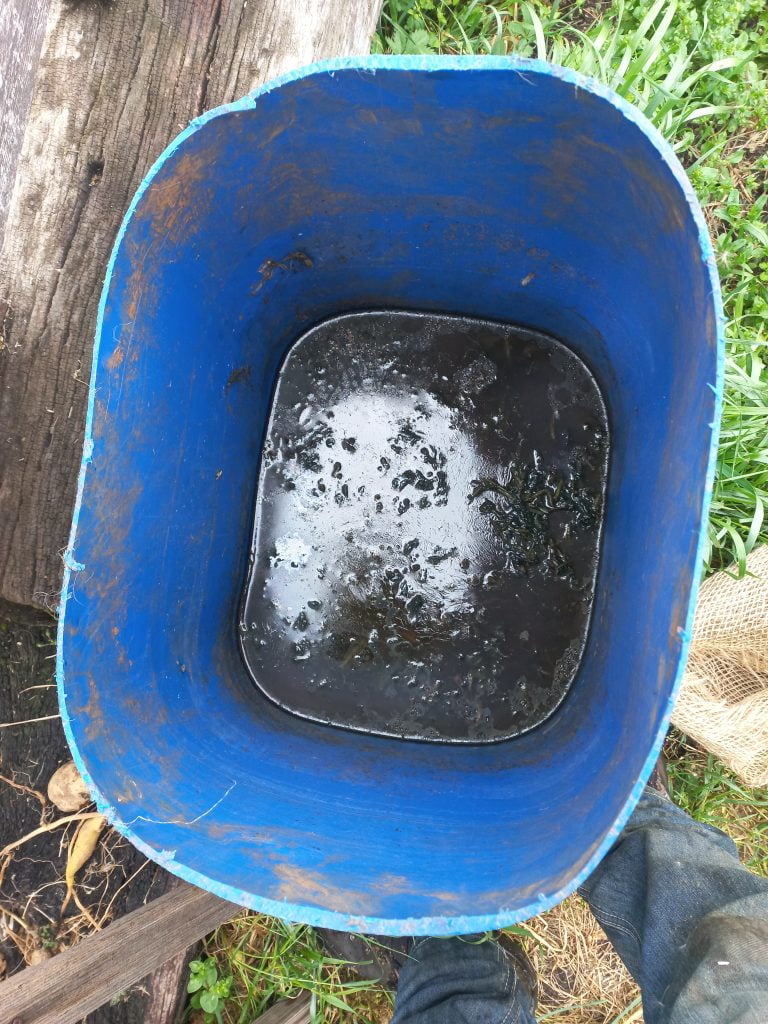
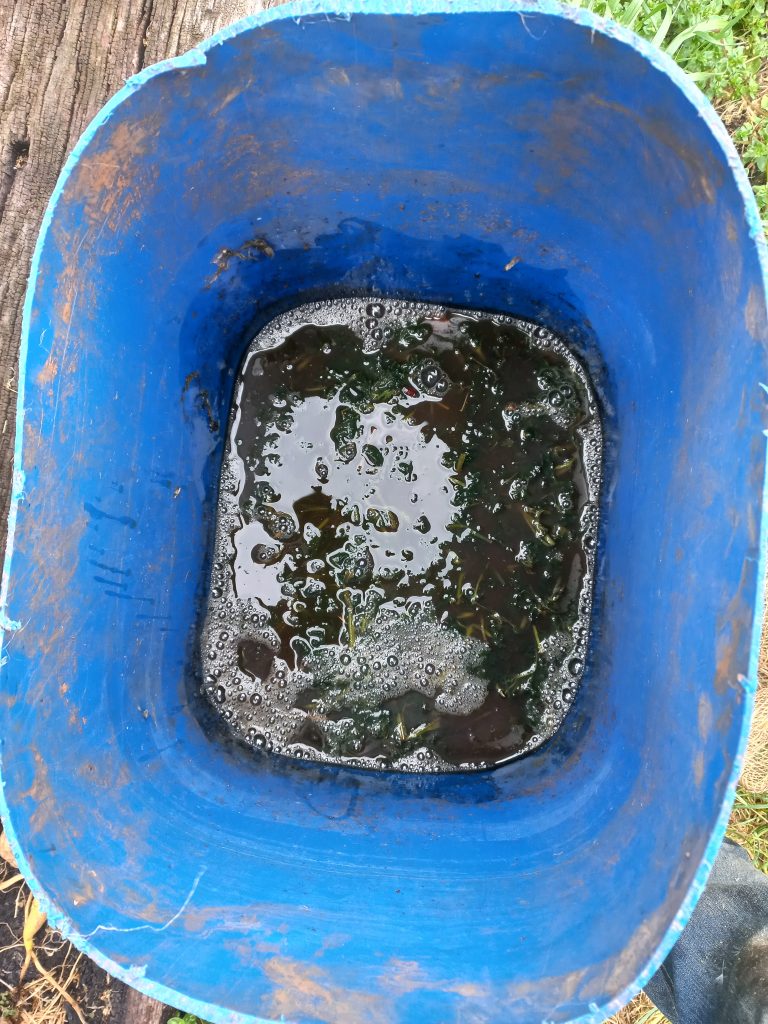
One month later, having stirred and aerated twice a day, we are reasonably certain that the fermentation is complete. I also rely on another telltale sign, which is the smell of the mixture. As long as it is not absolutely foul, almost unbearably stinky, I still let it ferment. It’s called slurry for a reason.
Once the fermentation is finished, it remains to filter and bottle. Make sure you have everything you need before starting the operation.
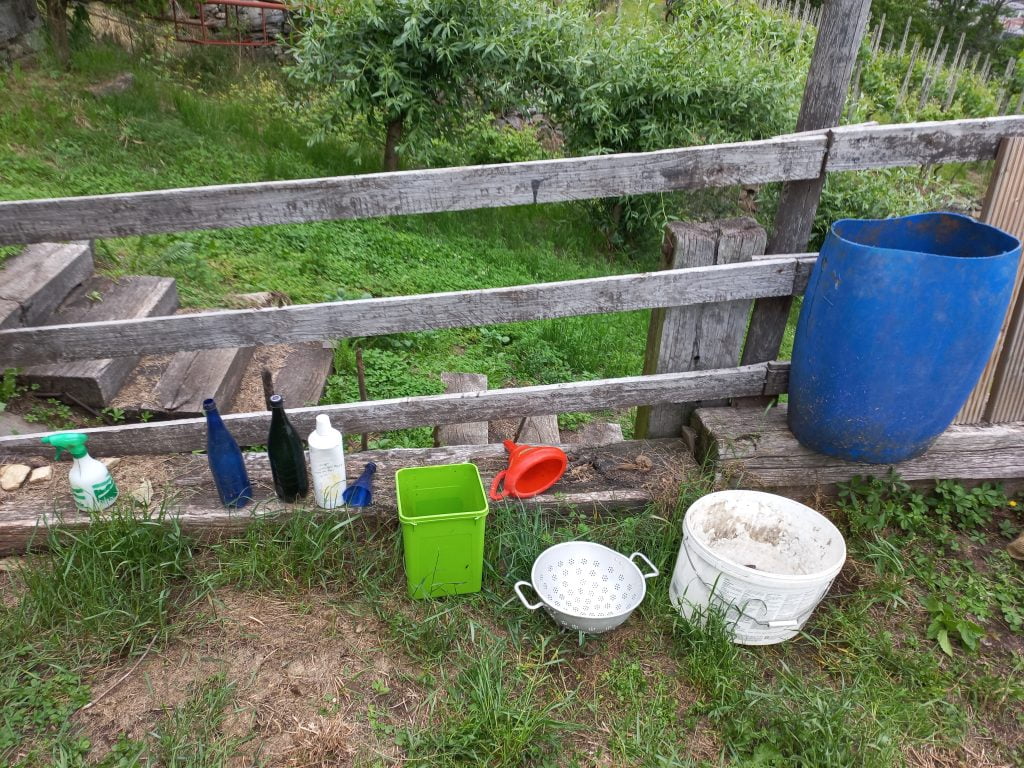
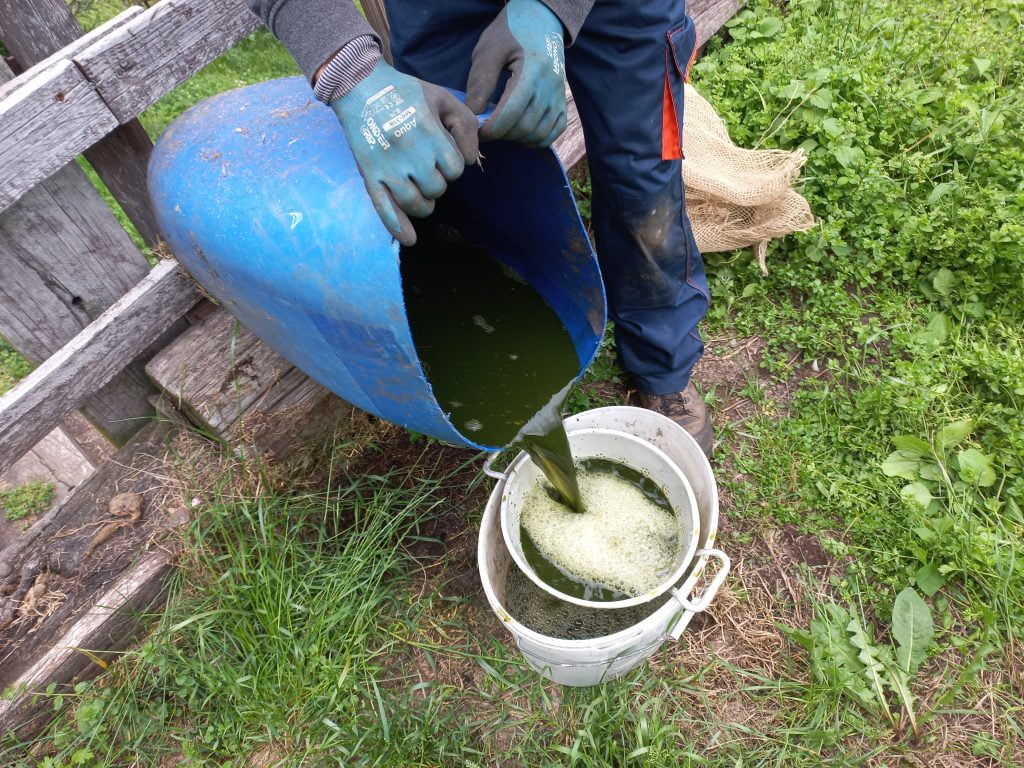
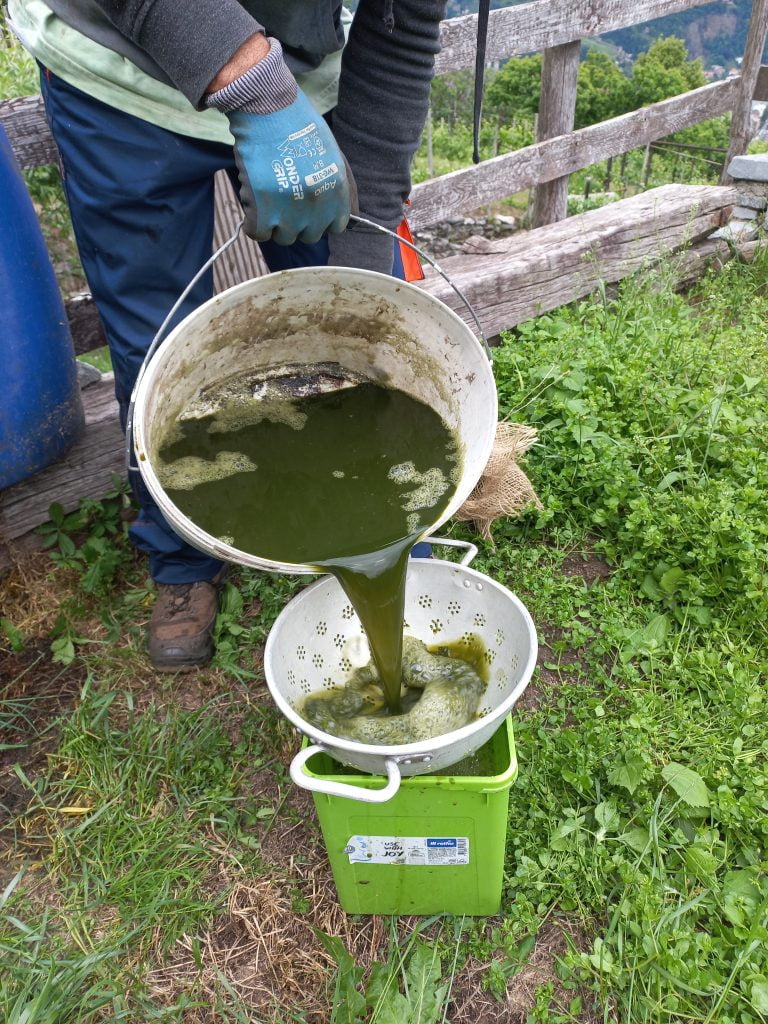
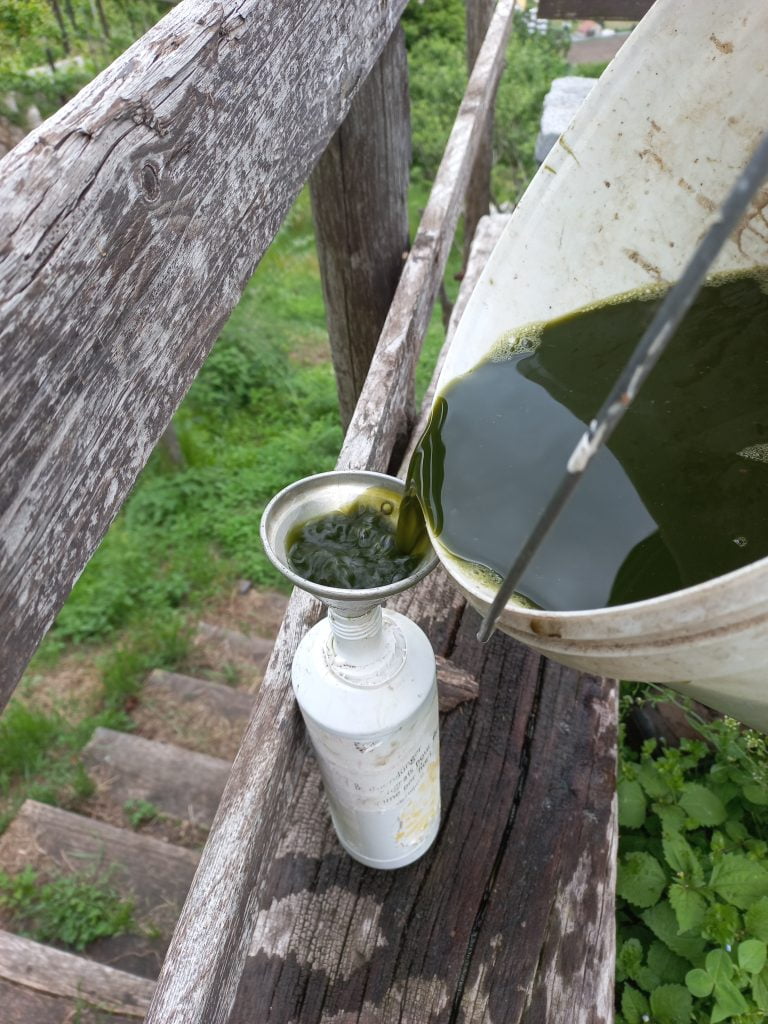
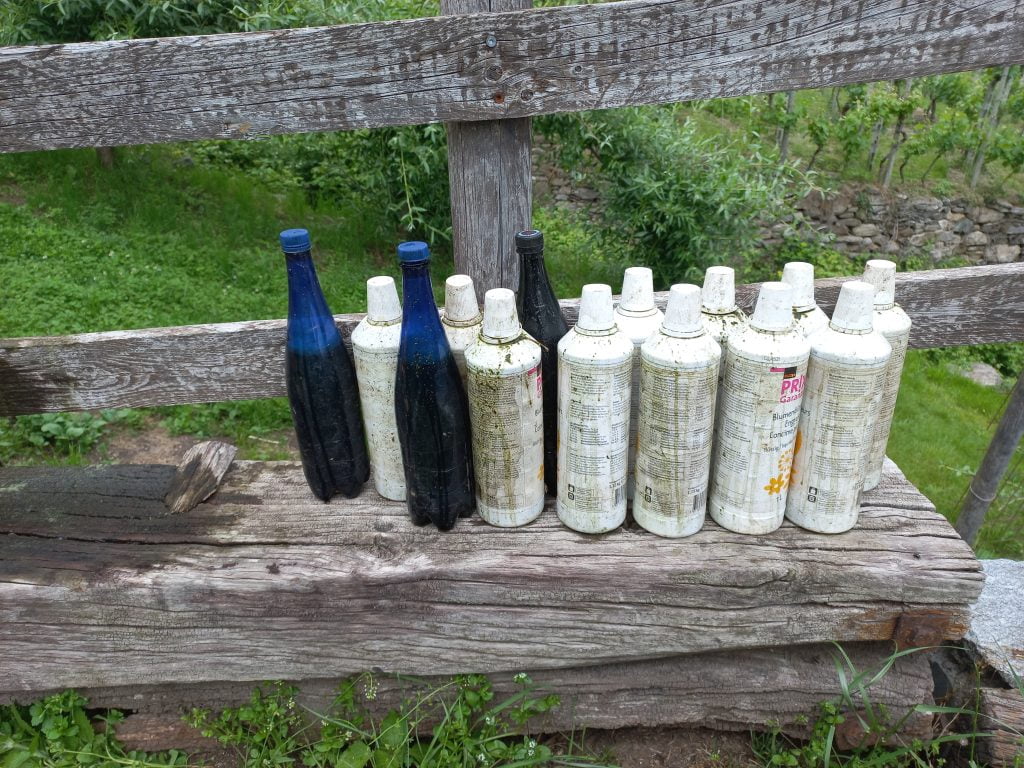
Bottles should be tightly sealed and stored in a cool, shaded area. Under these conditions, the nettle manure will keep its qualities for at least 18 months.
Before using it, it is imperative to always dilute it.
To fertilize with irrigation water: 1 liter of liquid manure for 9 to 10 liters of water (ideally rainwater).
To prevent pests and diseases by spraying the foliage: 1 liter of purin for 15 to 20 liters of water.
It is advisable to respect these dosages, the pure nettle water is very concentrated in elements and it could “burn” the foliage or the roots.
Some people use nettle manure to fertilize the vegetable garden, watering between rows (not directly on the plants), when soils are poor or exhausted. We don’t, the soil is good in our garden and we add manure and compost every winter. For us, it is reserved for citrus trees or other fruit trees. The diluted fertilizer is poured in a circle around the tree, in line with the branch tips, never near the trunk.
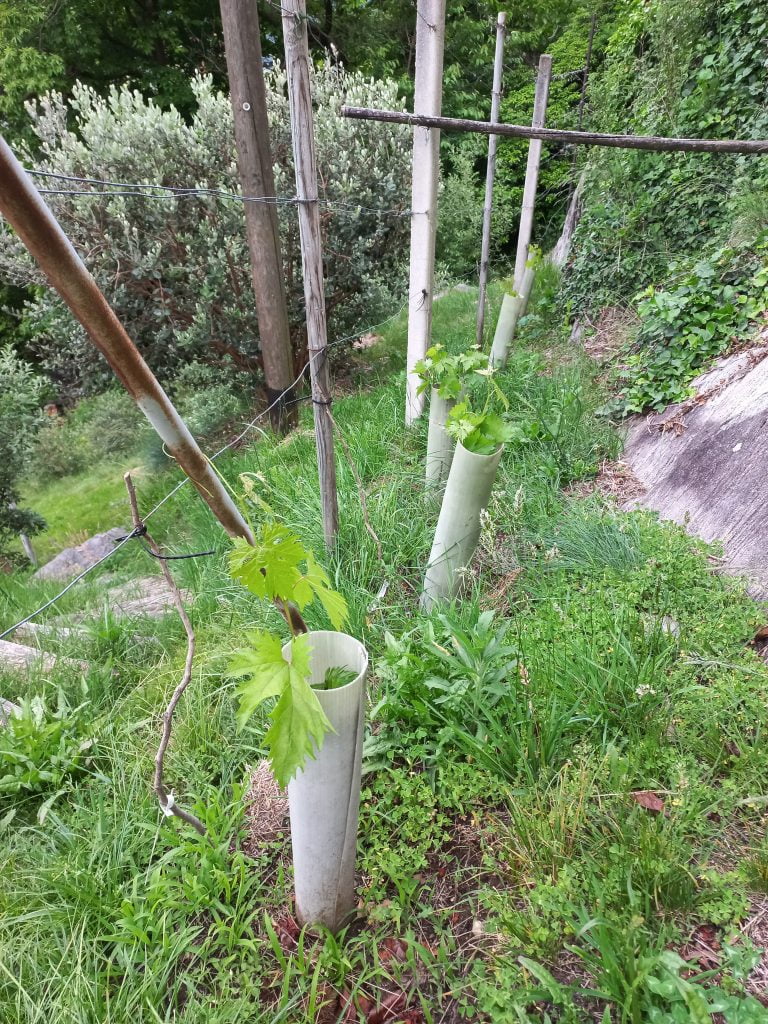
No need for fertilizer yet for these young vines planted a month ago. They are all Italian varieties resistant to diseases (PIWI) and white grain (to avoid the drosophila suzuki).
No matter what happens, these vines will never receive a single dose of pesticide or chemical fertilizer.
In January 2023, we were finally able to start the organic conversion. If all goes well we will be certified Bio Suisse in 2025.
As a preventive measure, we will spray nettle manure in April/May when the bunches are forming and at veraison in July.



